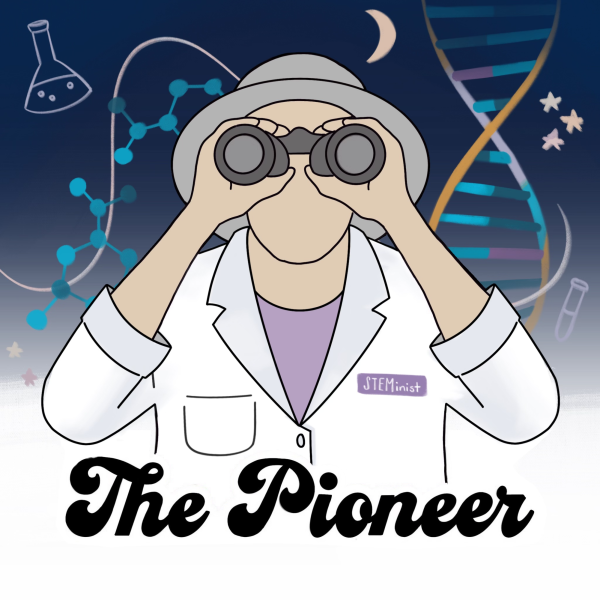How Technology is Changing the Classroom
Many teachers utilize interactive student learning programs such as Quizlet Live where students compete in teams to see who can provide correct answers in the least amount of time. Here, in Chinese class Junior Leo Yu utilizes his Chromebook to participate in Quizlet Live to help him review vocabulary.
February 7, 2019
As soon as teachers start to speak through their VoiceLift device, students start desperately typing away as the teacher progresses through the projected slideshow with their wireless clicker. Technology in the classroom is becoming more and more prevalent for teachers and students alike.
There are many different ways that teachers utilize technological resources to help improve student learning in addition to the regular digital programs that all teachers use such as Canvas and Google Classroom. For example, in AP U.S. History, Ralston chose to have groups of students make a video on Adobe Spark to create a timeline of events in the United States during the 19th century.
“I do see the value of completing assignments on paper but also like having a system where learners can quickly access my class from anywhere with a device,” social studies teacher Wind Ralston said. “I have most of my big projects done digitally because it allows learner choice and creativity.”
Junior Leo Yu is very involved with different types of technology on campus. In addition to being in AP Computer Science, he is also the president of the Rocketry Club and vice president of the Robotics Club.
“I like how teachers use a variety of different ways to create fun projects using technology,” Yu said. “Since I love to work on a computer, I think it is more engaging to do a project on a digital program that allows me to be creative.”
Teachers also utilize digital programs to let students expand their learning and creativity. In AP computer science, students were given a project to code their own game using a block-based programming language called Scratch. Students were allowed to create any game they wanted, which gave them the opportunity to think outside the box and explore the material being taught.
One of the students’ main resources in school are programs such as Canvas and Google Classroom. These different programs make it easier for students to access all of the material they are being expected to learn. These resources are especially helpful for situations where a student might miss class or is in the process of studying for a test.
“My main use for technology in class is pushing out and organizing resources, having students work collaboratively and allow creativity,” Ralston said. “I link my schedules, all of my resources that are handed out, and give and receive assignments through Canvas.”
As technology continues to evolve for better uses in the field of education. Here at school the teachers are continually trying to innovate using interactive technology such as Quizlet Live to increase student engagement.



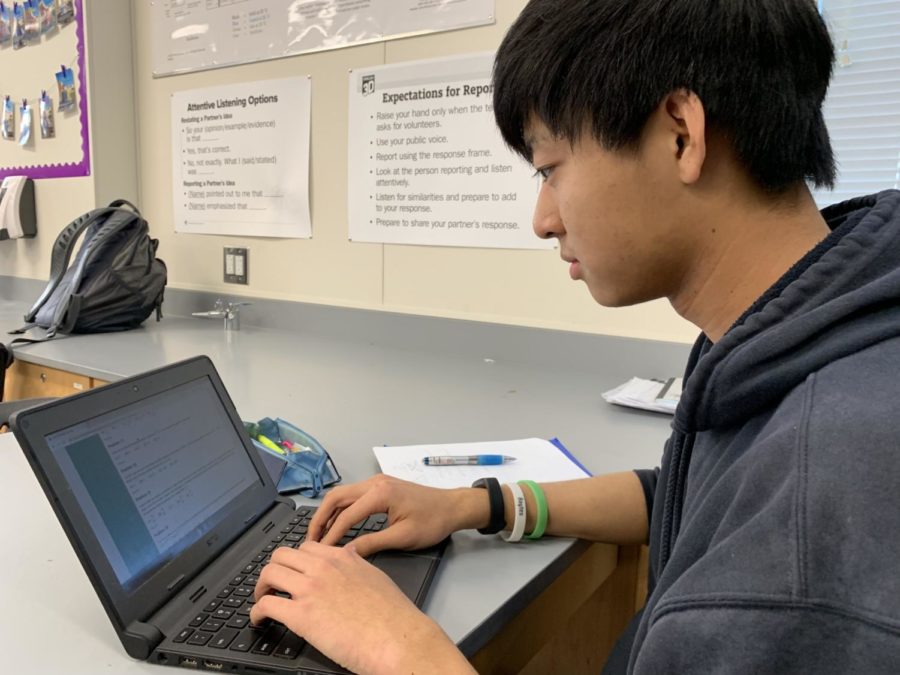

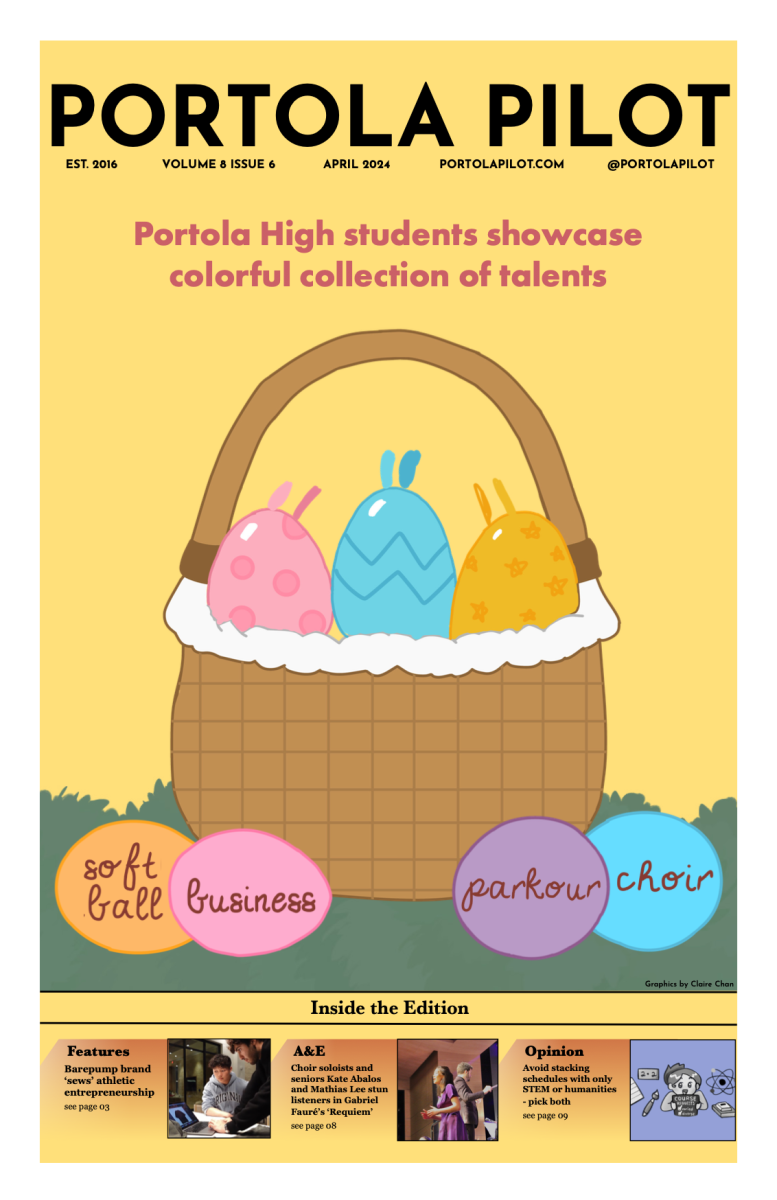

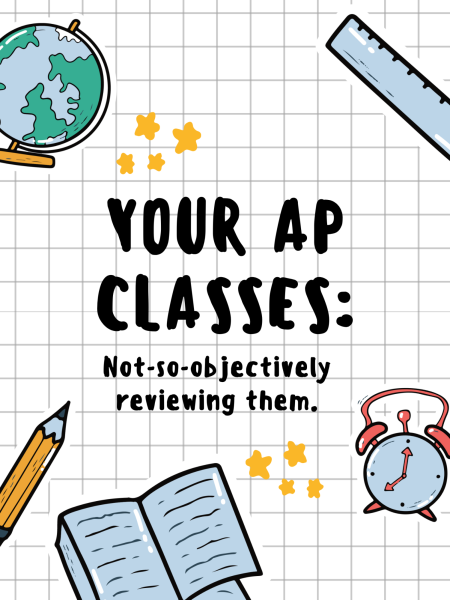
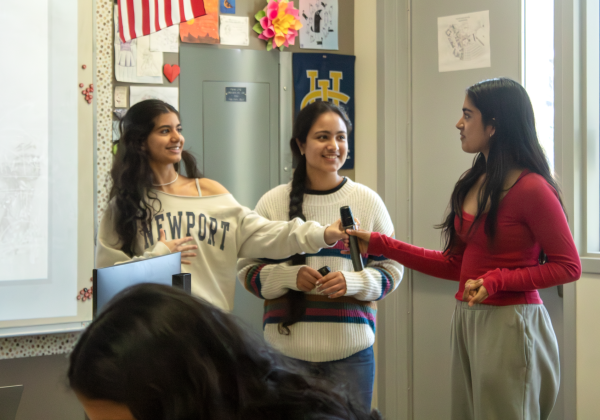
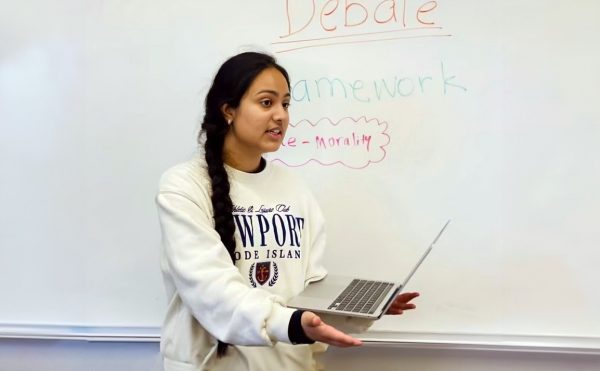
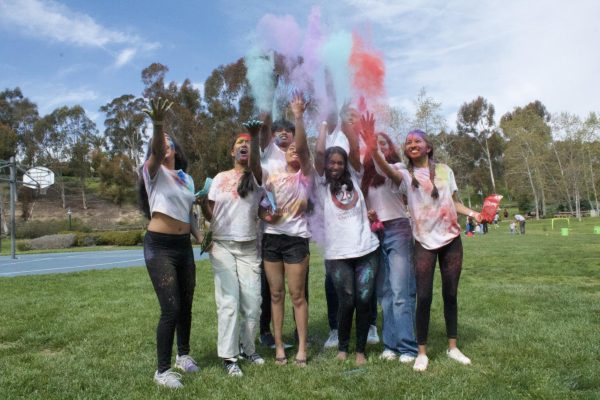
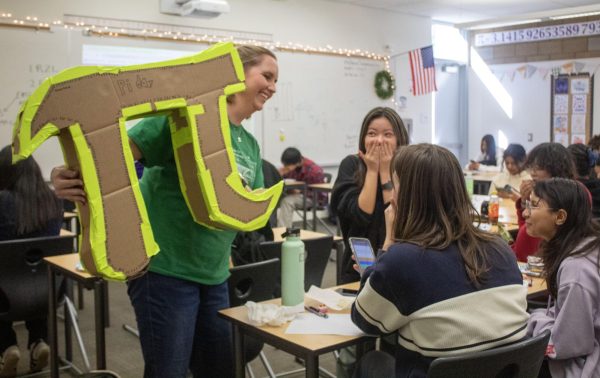

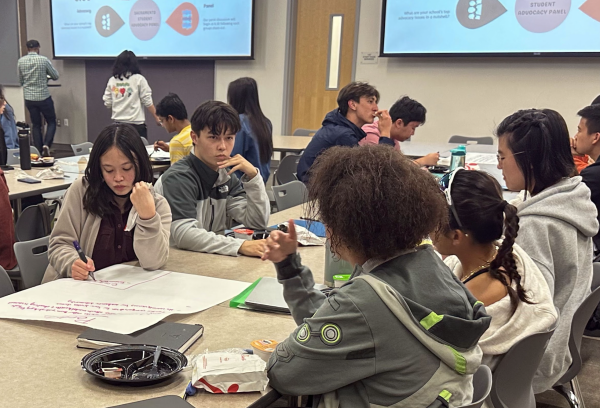
![Junior Joanna Peng utilizes a MacBook and iPad after school to work on assignments. One of Peng’s most used products is her iPad due to its versatility. Peng uses it as a computer using a magic keyboard and also uses it to draw and make calls. “Ive bought iPads since the first generation when it came out, [I’ve bought the] minis, and then I crashed [the iPad 3] under my table,” Peng said. “Its something that I continue to buy and continue to use most often in my life.”](https://portolapilot.com/wp-content/uploads/2024/02/IMG_5259-600x450.jpeg)
